
When Orlando residents get an icy blast of winter weather as we did this past weekend, we often are caught unaware and must be reminded of some of the precautions we need to take to protect against the cold. Among the reminders we always hear is one to bring household pets indoors.
That made me wonder how the zookeepers at Disney’s Animal Kingdom cope when the cold moves in. Can you imagine bringing the giraffes or rhinos into your family room to curl up by the fire?

I spoke with several of the cast members who care for a variety of animals at the theme park this weekend as they prepared for the change in temperature. I was surprised to learn that each night, regardless of weather, most of the animals at the theme park are brought inside to their own individual accommodations. Sounds like an enormous undertaking, right?
This process takes up to three hours, which is why the attractions with animals at Animal Kingdom close earlier than the other rides and shows. It’s all very well-organized, though. The animals have been trained to return to their pens for dinner. So, when they hear a particular audible signal, they make their way inside. Some hungry animals, like the ones we saw from the Wildlife Express Train, line up early, waiting for the gates to open. It reminded us of guests waiting for their ADRs (Advance Dining Reservations), and we all could relate to that!


Once inside, the animals stay in quarters that are climate-controlled for their safety for the night. In the morning, the shelters are opened and the animals are given the choice to venture out when they are ready. Animals are not forced to leave if they do not choose to do so. In addition, there are heating and cooling elements built into the animals’ outdoor habitats. Some of these items are visible to guests, such as fans and misters. Others are disguised. For example, some large “rocks” actually may be hollowed out caves with heat lamps that offer a respite away from the main buildings.


Zookeepers are aware of each animal’s individual threshold for temperature changes and protect them accordingly. One of the most sensitive is the Kimodo dragon, a predatory lizard that can grow up to 10 feet long and weigh 300 pounds. (Deb spotted the Kimodo dragon on a recent walk-around at Animal Kingdom.) Most of the other reptiles, with the exceptions of the alligators and crocodiles, are permanently housed indoors at the Conservation Station at Rafiki’s Planet Watch, because of the need for stable temperatures, among other concerns.
The ability to adapt to temperature variations was, of course, among the factors considered when the animals that live at Animal Kingdom originally were chosen for the park. Know that while the animals are safe and sound on a cold day, it may not be the best time to visit the park and ride Kilimanjaro Safaris because the stars of the show may be keeping warm backstage.





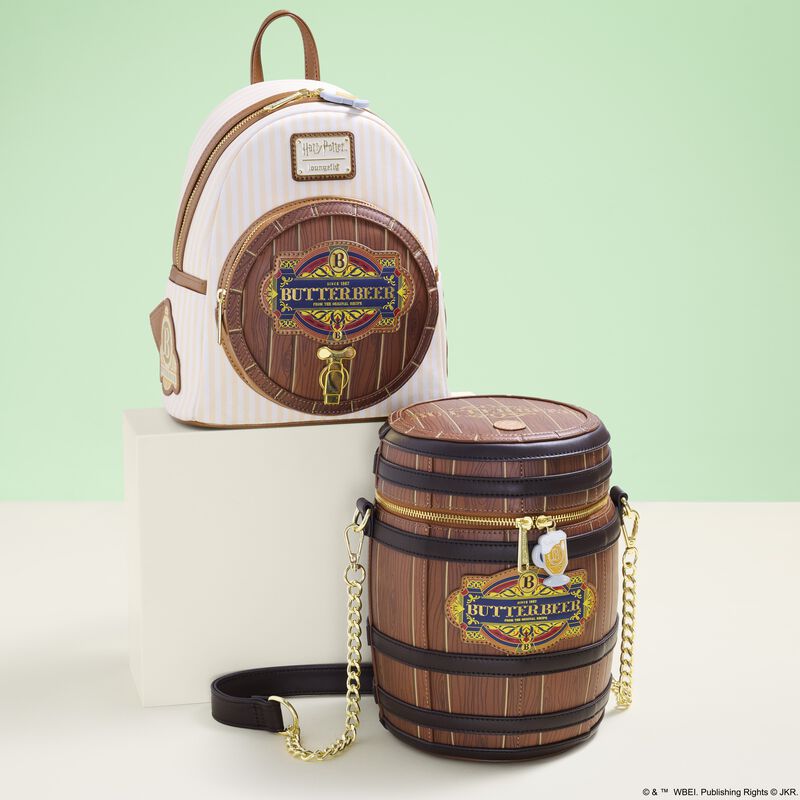

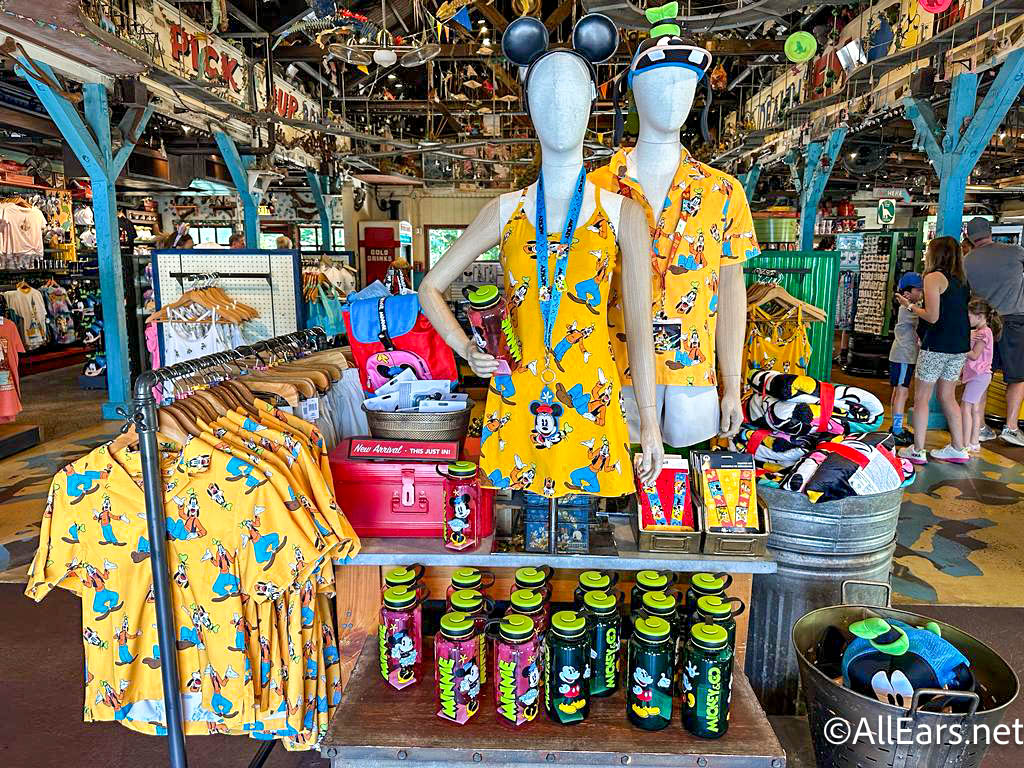
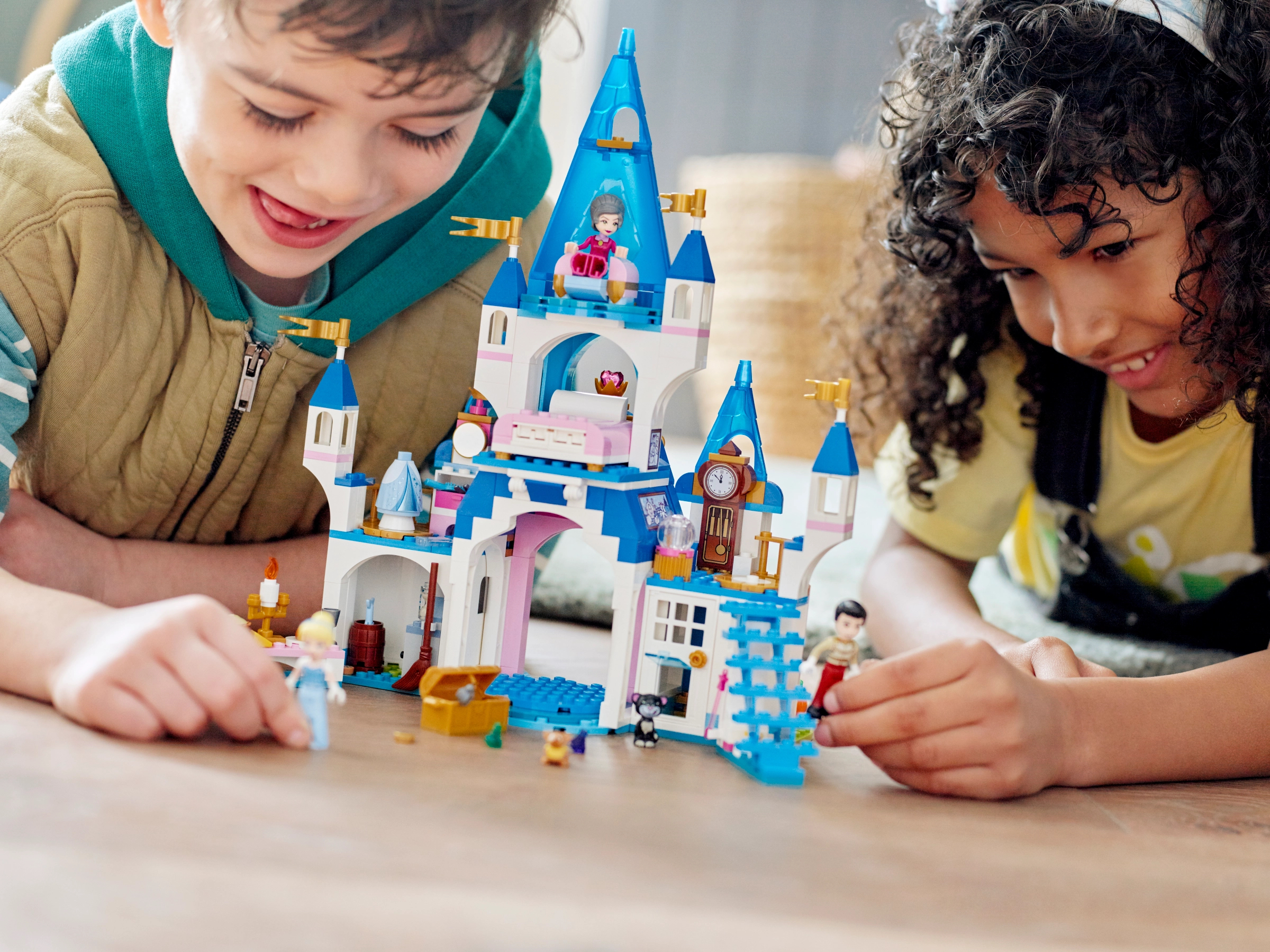



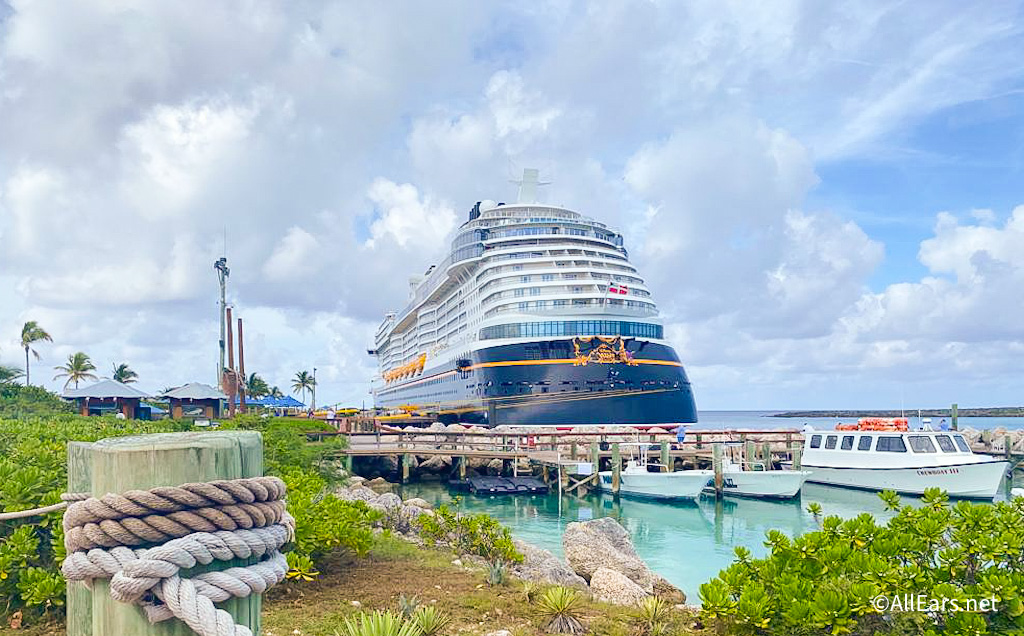
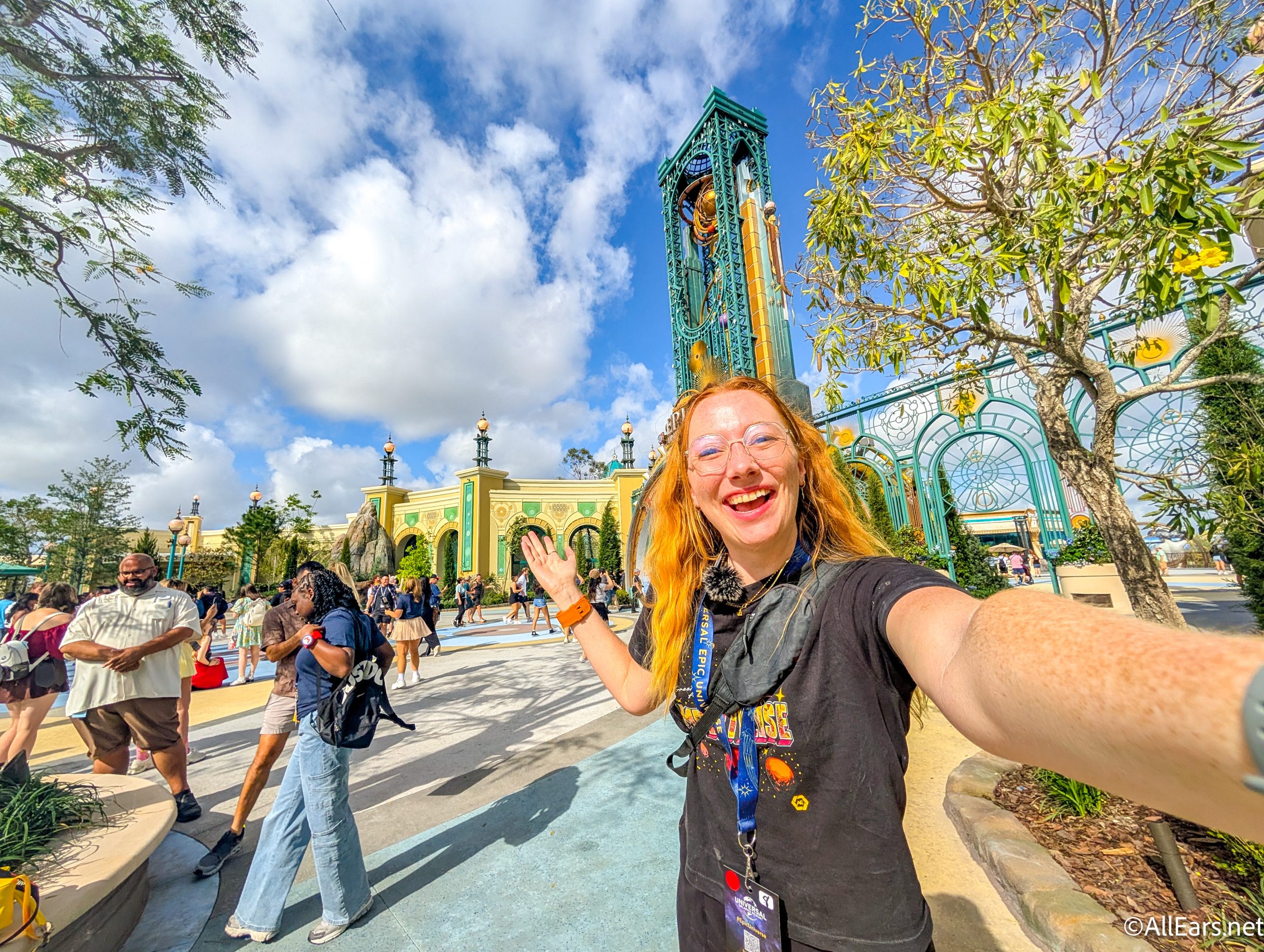

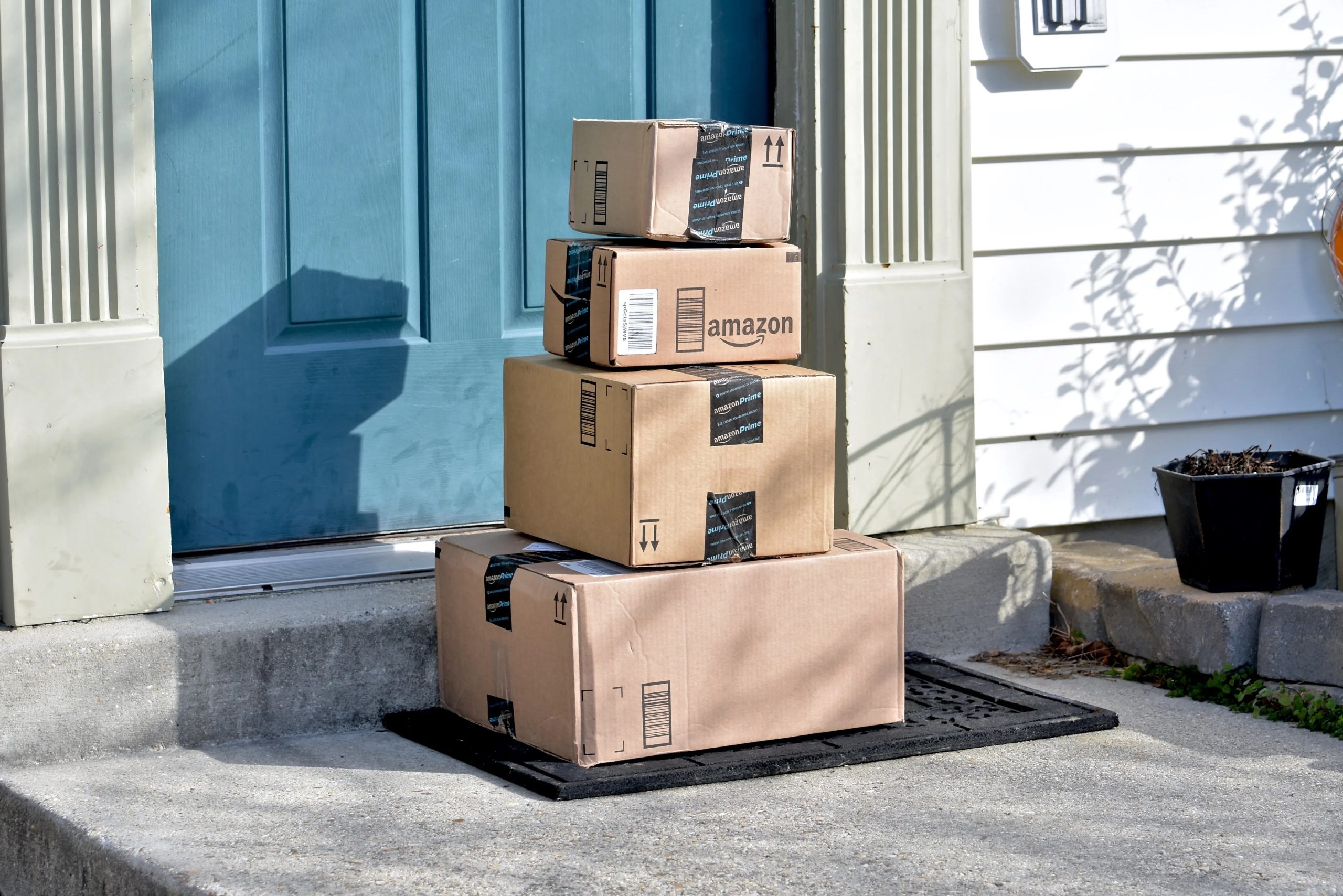

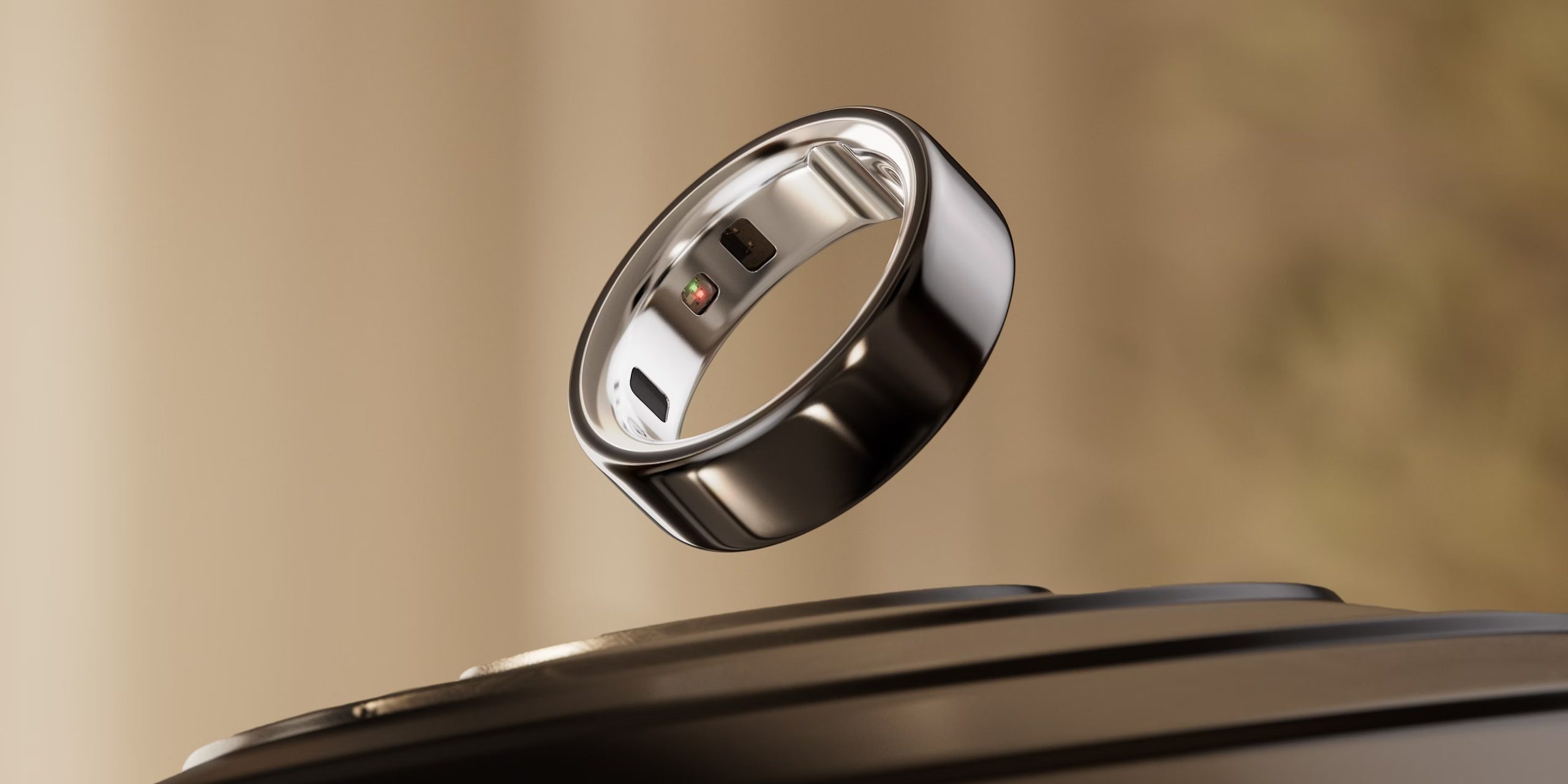
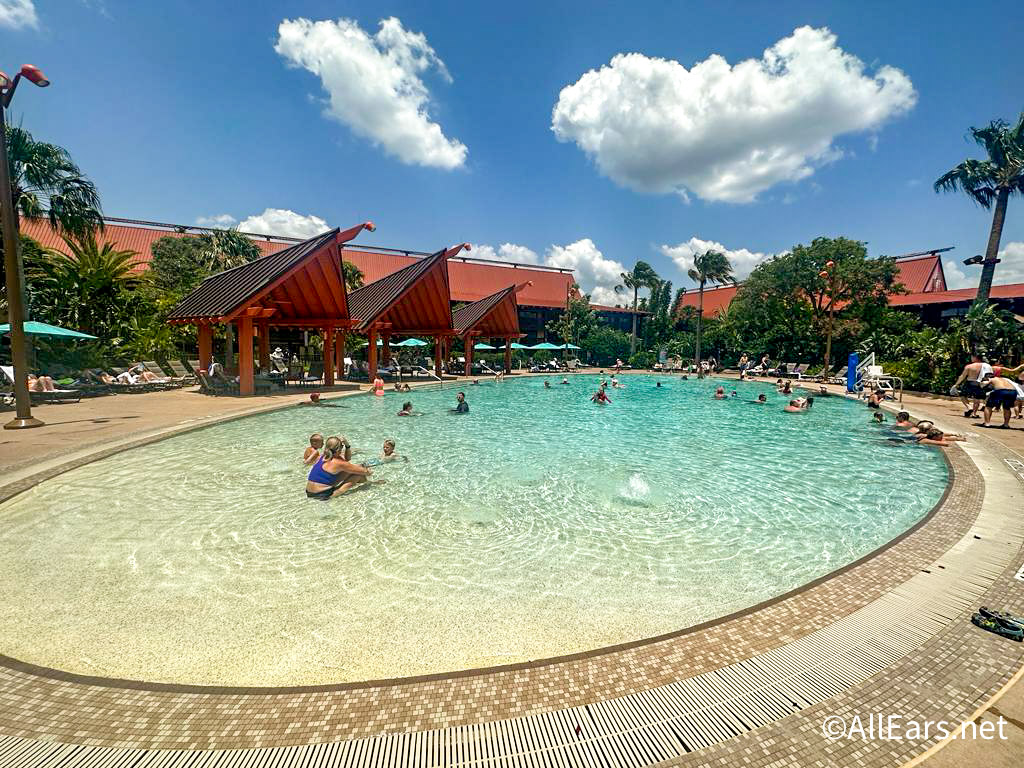



Trending Now
TSA just banned an essential travel item from checked luggage!
Believe it or not, it is possible to make a day at EPCOT even better!
Don't forget about this change coming up for Disney World hotel guests!
Six Flags has just announced that they're CLOSING on of their theme parks entirely this...
If you adore Butterbeer from Harry Potter as much as we do, these TWO new...
These Disneyland attractions will be closed for part of or all of May.
Each week, we search high and low for the best Disney deals on Amazon. Wanna...
We're sharing the hottest deals on LEGO sets on Amazon!
Need a new Disney tee? Get to Amazon NOW!
Only true Disney adults are packing these items for their Disney World trips!
By unanimous vote, the proposed Sunshine Corridor study is now fully funded.
The best upgrades available for Disney Cruise Line Passengers.
Epic Universe is amazing…but it does have a couple of flaws.
Here are a couple of things you'll want to get yourself because every Disney Adult...
We spotted three brand-new Disney Loungefly bags online, and one of them is already selling...
Every Disney adult is going to Amazon to buy their Disney park day shoes!
Let's talk about why every Disney Adult is buying an Oura Ring from Target right...
Many Disney guests don't realize they're breaking these rules.
These might be weird buys, but we aren't kidding when we say you'll need them...
A Universal x Minecraft experience is HERE!